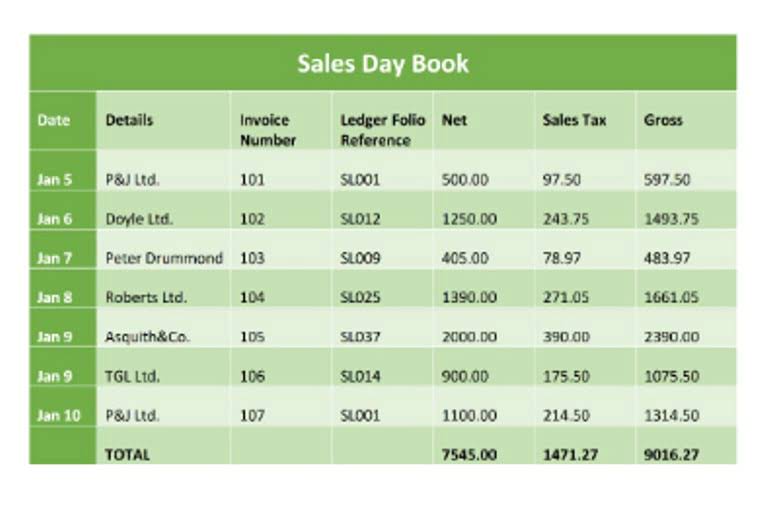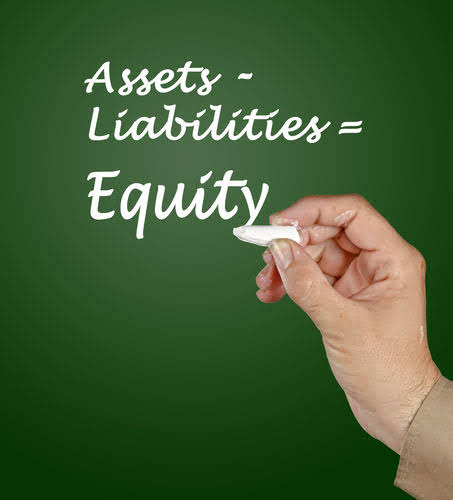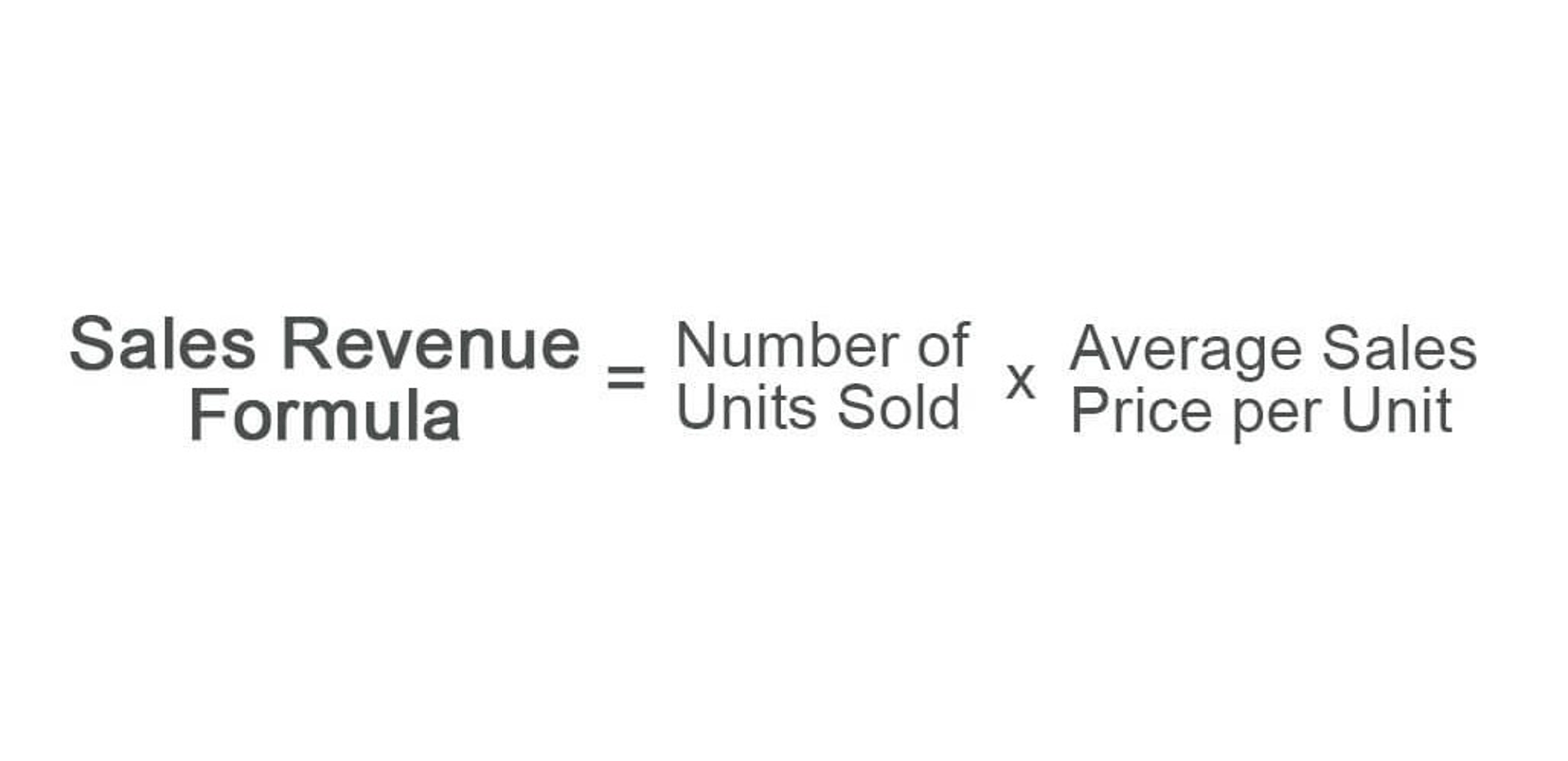July 14, 2022
In
Bookkeeping
By
bilkotile
The double declining balance depreciation method is a form of accelerated depreciation that doubles the regular depreciation approach. It is frequently used to depreciate fixed assets more heavily in the early years, which allows the company to defer income taxes to later years. The double declining balance method of depreciation, also known as the 200% declining balance method of depreciation, is a form of accelerated depreciation.
How the Double Declining Balance Depreciation Method Works
“We expect the company to continue to lose money in its core business, but its high cash balance could throw off $100 million in annual interest income, largely offsetting losses for the next year or so,” they wrote. Your final steps are to complete Form 4562 – with the optional MACRS Worksheet starting on page 37 of Pub 946 to help you calculate your deductions. Totaling the figures in the right column, you find that the total cost of MACRS depreciation for the vehicle is $40,000. You’ll find that most asset accounting software programs include MACRS information for calculations. There are also free online MACRS Tax Depreciation calculators you can use. For the second year of depreciation, you’ll be plugging a book value of $18,000 into the formula, rather than one of $30,000.
What is the Declining Balance Method?
On the other hand, with the double declining balance depreciation method, you write off a large depreciation expense in the early years, right after you’ve purchased an asset, and less each year after that. The final step before our depreciation schedule under the double declining balance method is complete is to subtract our ending balance from the beginning balance to determine the final period depreciation expense. The declining balance technique represents the opposite of the straight-line depreciation method, which is more suitable for assets whose book value drops at a steady rate throughout their useful lives. This method simply subtracts the salvage value from the cost of the asset, which is then divided by the useful life of the asset. So, if a company shells out $15,000 for a truck with a $5,000 salvage value and a useful life of five years, the annual straight-line depreciation expense equals $2,000 ($15,000 minus $5,000 divided by five). The declining balance method, also known as the reducing balance method, is ideal for assets that quickly lose their values or inevitably become obsolete.
The double declining balance formula
The most basic type of depreciation is the straight line depreciation method. So, if an asset cost $1,000, you might write off $100 every year for 10 years. For specific assets, the newer they are, the faster they depreciate in value. In these situations, the declining balance method tends to be more accurate than the straight-line method at reflecting book value each year. Download the free Excel double declining balance template to play with the numbers and calculate double declining balance depreciation expense on your own! The best way to understand how it works is to use your own numbers and try building the schedule yourself.
Accelerated Depreciation
You get more money back in tax write-offs early on, which can help offset the cost of buying an asset. If you’ve taken out a loan or a line of credit, that could mean paying off a larger chunk of the debt earlier—reducing the amount you pay interest on for each period. In later years, as maintenance becomes more regular, you’ll be writing off less of the value of the asset—while writing off more in the form of maintenance. So your annual write-offs are more stable over time, which makes income easier to predict. For accounting purposes, companies can use any of these methods, provided they align with the underlying usage of the assets. For tax purposes, only prescribed methods by the regional tax authority is allowed.
Double Declining Balance Method Formula (DDB)
Enter the straight line depreciation rate in the double declining depreciation formula, along with the book value for this year. If something unforeseen happens down the line—a slow year, a sudden increase in expenses—you may wish you’d stuck to good old straight line depreciation. While double declining balance has its money-up-front appeal, that means your tax bill goes up in the future. Every year you write off part of a depreciable asset using double declining balance, you subtract the amount you wrote off from the asset’s book value on your balance sheet.
- Simply select “Yes” as an input in order to use partial year depreciation when using the calculator.
- The four depreciation methods include straight-line, declining balance, sum-of-the-years’ digits, and units of production.
- The steps to determine the annual depreciation expense under the double declining method are as follows.
- You also want less than 200% of the straight-line depreciation (double-declining) at 150% or a factor of 1.5.
Declining balance method definition
In this case, when the net book value is less than $500, the company usually charges all remaining net book balance into depreciation expense directly when it uses the declining balance depreciation. Although any rate can be used, the how to prepare a bank reconciliation straight-line rate is commonly used as a base to determine the depreciation rate for the declining balance method. This is due to the straight-line rate can be easily determined through the estimated useful life of the fixed asset.
It is applicable to the assets which are used for years and the usage declines with the passage of time. In this method, the book value of an asset is reduced (written down) by double the depreciation rate of the straight-line depreciation method. However, the company needs to use the salvage value in order to limit the total depreciation the company charges to the income statements.
By accelerating the depreciation and incurring a larger expense in earlier years and a smaller expense in later years, net income is deferred to later years, and taxes are pushed out. One notable variant of this method is the Double Declining Balance Method, which applies double the normal depreciation rate. This approach accelerates the depreciation charge, making it higher in the initial years and lower in the later years, reflecting a more rapid loss of utility or value of the asset.
It results in higher reported profits in the early years of an asset’s life. Get instant access to video lessons taught by experienced investment bankers. Learn financial statement modeling, DCF, M&A, LBO, Comps and Excel shortcuts. The beginning of period (BoP) book value of the PP&E for Year 1 is linked to our purchase cost cell, i.e.
The monthly accounting close process for a nonprofit organization involves a series of steps to ensure accurate and up-to-date financial records. Accruing tax liabilities in accounting involves recognizing and recording taxes that a company owes but has not yet paid. DDB is ideal for assets that very rapidly lose their values or quickly become obsolete. This may be true with certain computer equipment, mobile devices, and other high-tech items, which are generally useful earlier on but become less so as newer models are brought to market.
A better method for depreciating assets whose utility progressively increases is the Sum of the Digits Method. For reporting purposes, accelerated depreciation results in the recognition of a greater depreciation expense in the initial years, which directly causes early-period profit margins to decline. Where DBD is the declining-balance depreciation expense for the period, A is the accelerator, C is the cost and AD is the accumulated depreciation. Financial accounting applications of declining balance are often linked to income tax regulations, which allow the taxpayer to compute the annual rate by applying a percentage multiplier to the straight-line rate. Depreciation is an accounting method that companies use to apportion the cost of capital investments with long lives, such as real estate and machinery. Depreciation reduces the value of these assets on a company’s balance sheet.
This is when that year’s depreciation is limited to the amount that will reduce the asset’s book value to its residual value. The arbitrary rates used under the tax regulations often result in assigning depreciation to more or fewer years than the service life. They determine the annual charge by multiplying a percentage rate by the book value of the asset (not the depreciable basis) at the beginning of the year. This formula is best for production-focused businesses with asset output that fluctuates due to demand.
If you’d rather not spend time calculating MACRS by hand, consider alternatives to still get the most out of this depreciation method. Alternatively, think about reaching out to a reputable accountant for assistance calculating your business tax deductions. Modified Accelerated Cost Recovery System (MACRS) depreciation is a federal income tax convention that benefits companies by helping them plan for the decrease of the value of business assets over a set period. Typically, accountants switch from double declining to straight line in the year when the straight line method would depreciate more than double declining.
First-year depreciation expense is calculated by multiplying the asset’s full cost by the annual rate of depreciation and time factor. Bottom line—calculating depreciation with the double declining balance method is more complicated than using straight line depreciation. And if it’s your first time filing with this method, you https://accounting-services.net/ may want to talk to an accountant to make sure you don’t make any costly mistakes. For example, if the fixed asset management policy sets that only long-term asset that has value more than or equal to $500 should be recorded as a fixed asset. Those that have value less than $500 should be recorded as expenses immediately.
For information pertaining to the registration status of 11 Financial, please contact the state securities regulators for those states in which 11 Financial maintains a registration filing. Thus, an increase in the cost of repairs of each subsequent year is compensated by a decrease in the amount of depreciation for each subsequent year.
Depreciation is the act of writing off an asset’s value over its expected useful life, and reporting it on IRS Form 4562. The double declining balance method of depreciation is just one way of doing that. Double declining balance is sometimes also called the accelerated depreciation method. Businesses use accelerated methods when having assets that are more productive in their early years such as vehicles or other assets that lose their value quickly.
You’ll also need to take into account how each year’s depreciation affects your cash flow. The steps to determine the annual depreciation expense under the double declining method are as follows. The declining balance method is useful for recognized accelerated usage levels for equipment that tends to be used heavily.
































